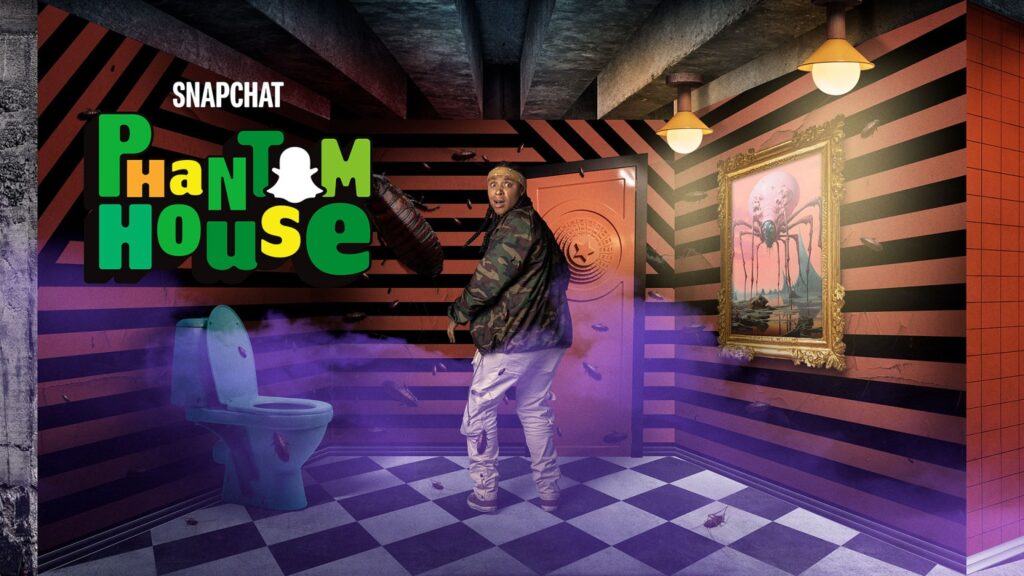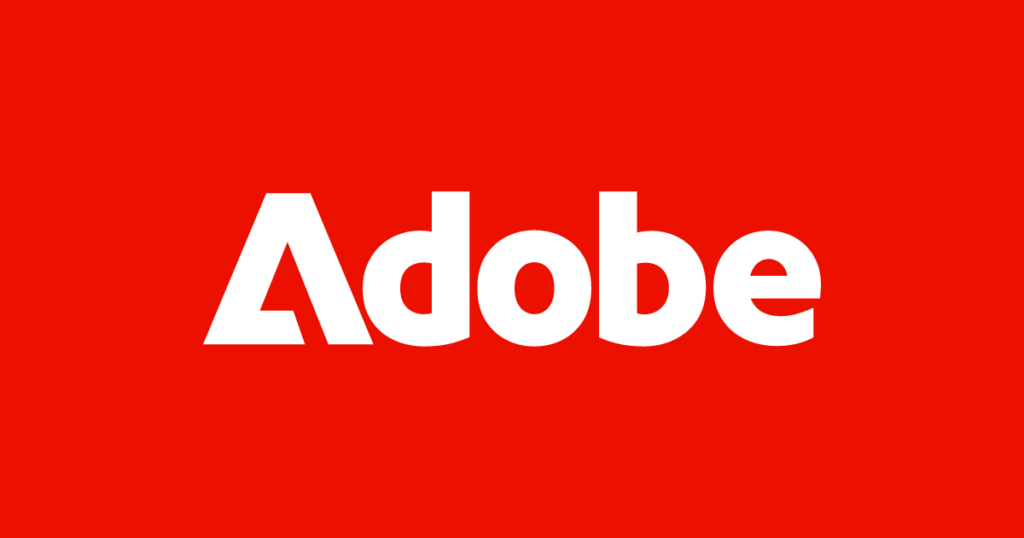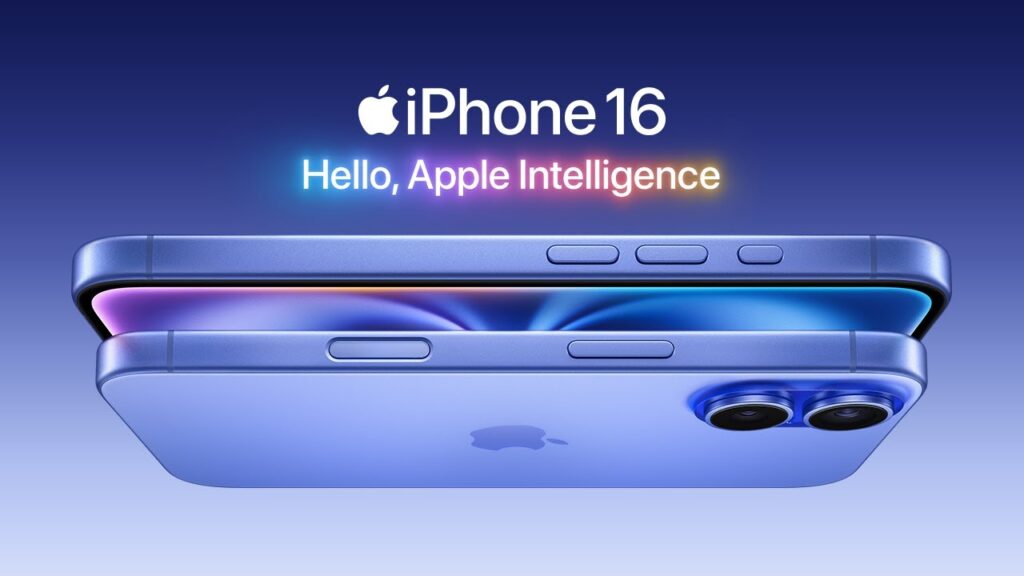Augmented Reality (AR) has emerged from a fun-tech to a must-have tech for marketing and advertising to give customers unique and immersive digital experiences. This technology engages consumers in a memorable way.
tAR technology superimposes a computer-generated virtual enhancement on a user’s view of the real world, in terms of objects and experiences, through visual images, graphics and auditory sounds. It includes both, virtual reality and real-world elements. In other words, AR combines the real and virtual, is interactive in real-time, and is registered in three dimensions.
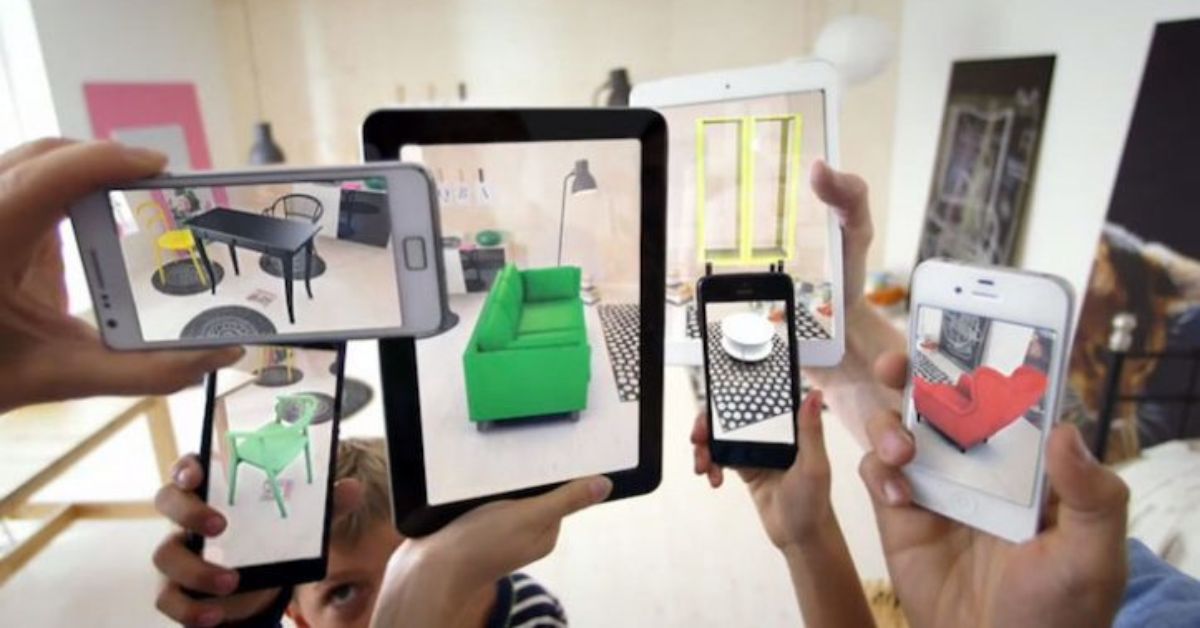
AR experiences allow shoppers to virtually try on, personalize or visualize products, from clothing to shoes to makeup to furniture, have the potential to change the social commerce game for brands targeting tech-savvy consumer demography.
Examples of AR in Marketing
In the world of marketing, AR allows brands to give customers unique experiences with the convenience of tapping into their mobile devices. Brands can deploy AR tech for consumers to try products before they buy them.
One such example is IKEA – this company has its own AR-powered home design app “IKEA Studio”, which allows users to click through to shop for the products they are trying to declutter from the virtual room. Christine Whitehawk, IKEA US’s marketing communications manager, said serving AR experiences in different ways is crucial for customers as they become more engaged with various platforms and the digital world. She touted AR as a terrific way to give consumers an almost “real impression” of what furniture will look like in their home.
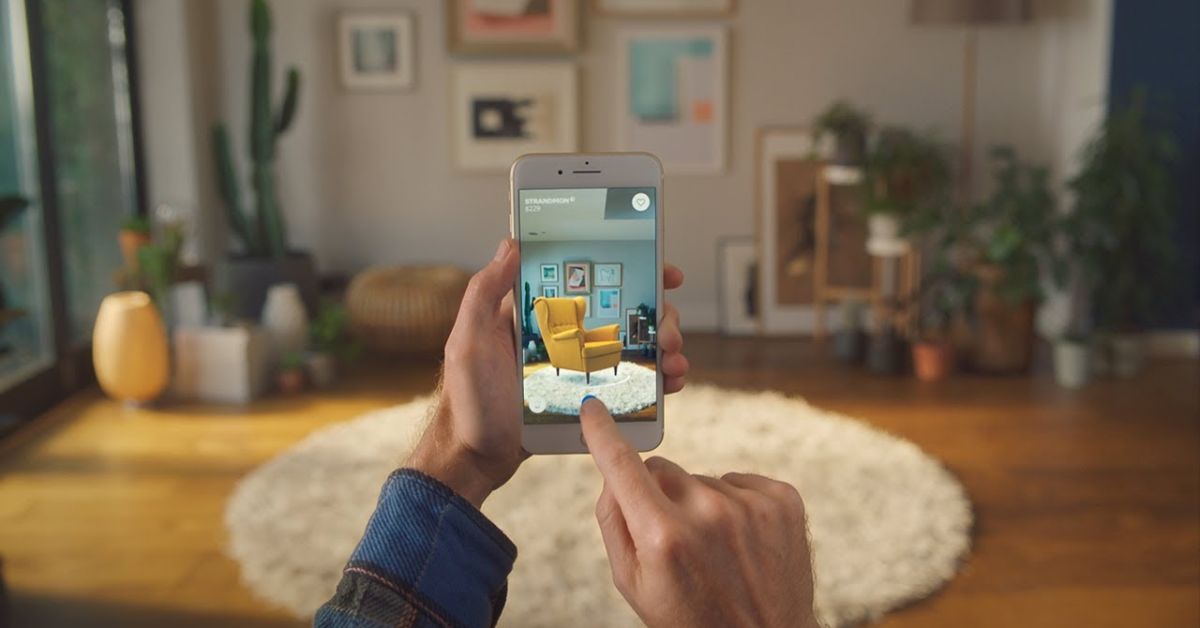
Lenskart uses virtual “3D Try On” service for online and in-store, where customers can try out its full range of glasses virtually using AR to gauge what suits their style. The company also provides comprehensive buying guides to help shoppers choose the most suitable pair for their lifestyle and preferences. Through this, customers can reimagine themselves in the glasses – just like trying on the frames in person!

L’Oreal’s ModiFace experience allowed users to preview makeup shades on photos and videos of themselves, but also cultivate a complete look using products available for purchase. Similarly, Sephora’s “Virtual Artist” tool allows shoppers to test out shades of lipstick, blush, foundation and eyeshadow, etc., without having to leave the comfort of their couch. Moreover, Gucci emerged as one of the first luxury brands to allow shoppers to try on a pair of sneakers using AR. It gave consumers a trial run of the shoe before deciding whether or not to buy the product. This technique increased consumer satisfaction and decreased the number of returns.
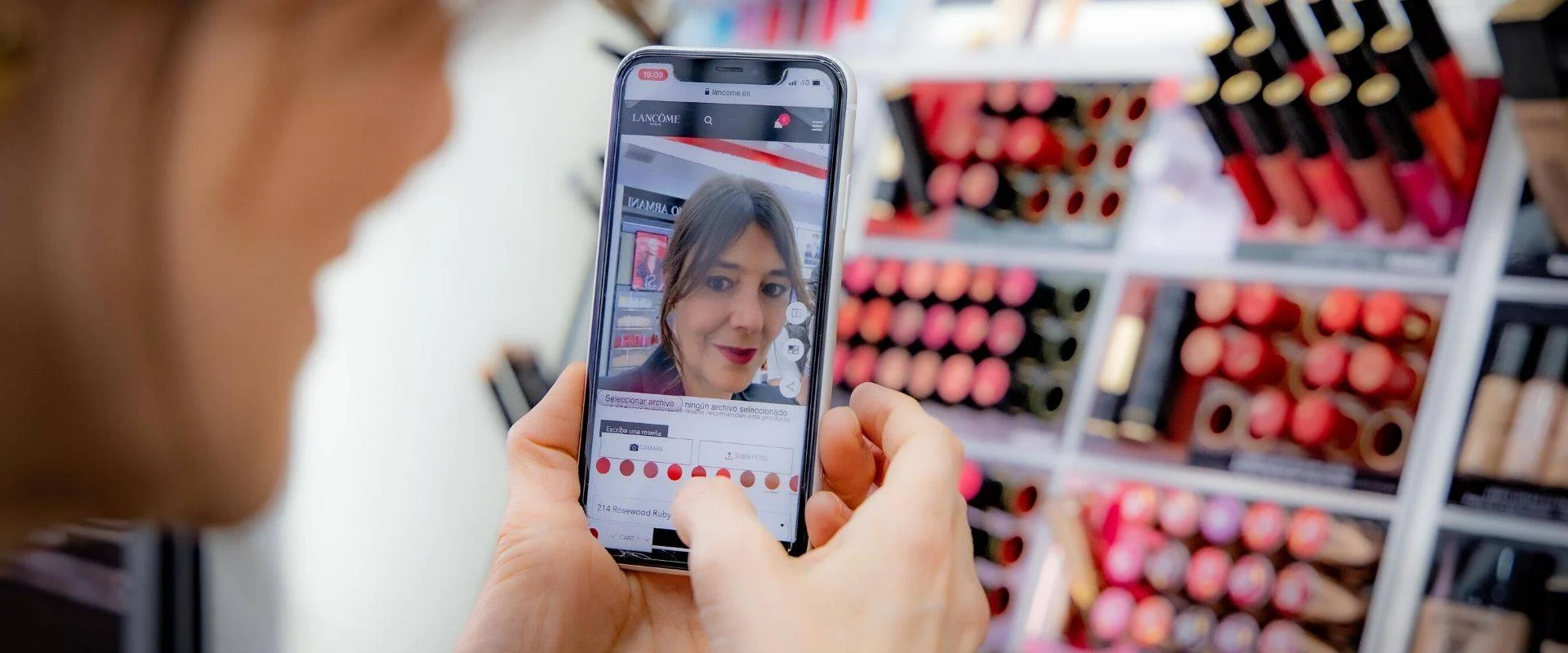
Surprising, soft drinks brand Pepsi was behind one of London’s most talked-about AR experiences – wherein people standing within a bus shelter saw images of unbelievable things taking place, like giant robots shooting lasers down the street to tentacles rising from the sidewalk and capturing commuters, through the glass in front of them.
And then there is Pokemon GO where users caught Pokemon by superimposing images of the creatures within the real world. The innovative game used GPS integration, whereby it detected the user’s location and populated Pokemon for the user to catch based on where they live.
What Are the Benefits of Using AR in Marketing?
The incorporation of AR in marketing strategy has been effective. It increases brand awareness. Companies can cultivate the wow factor by getting the target audience and media to talk about their marketing campaign. AR improves customer experience. It shortens the sales cycle and offers potential customers more information about the product in an unobtrusive way.
Moreover, customer experience makes it easier for customers to commit to the product and make a buying decision without much hesitation. AR tech provides brands with an opportunity to package the CTA message into an interactive experience that is almost impossible to escape. Research highlights that AR experiences are significantly more fun and engaging than static 2D or even 3D images traditionally used in marketing campaigns. AR experiences are more interactive and allow customers to learn more about the product. Furthermore, it builds a stronger emotional connection with customers. AR ads can help create a strong and positive association with the brand and potentially turn it into a love mark.
Overall, AR tech brings brands and products to life. It creates an unforgettable experience and shares more information about the product or service.
